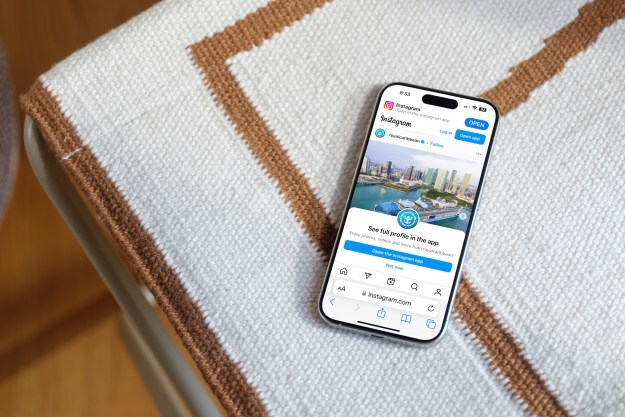
If you’ve used a Windows or Mac computer, Freeform Mode will seem fairly familiar. Within the Freeform Mode interface — an interface launched from the Overview multitasking menu from a new button adjacent to the X on app cards — Android apps inhabit titled, square windows atop your phone or tablet’s wallpaper. They’re resizable with a press-and-hold gesture — you can reshape apps to your liking by tapping and dragging on the window border either horizontally or vertically — and automatically transition between their tablet and phone layouts when there’s enough room to accommodate the switch. Apps can be rearranged on the screen with a tap-to-drag gesture on the windows’ title bars, or maximized and closed with the corresponding buttons adjacent to them.
Freeform Mode even sports rudimentary mouse support, interestingly: You can resize windows with mouse connected via Bluetooth, Wi-Fi, or USB. It’s not quite smoking gun evidence that the mode will eventually gain compatibility with a full range of PC peripherals — Android has long implemented mouse support in a limited fashion, after all — but possibly an indication of more robust support to come.
In its current state, Freeform Mode lives largely in isolation. Launch a new app and it’ll open in a window, while maximizing an app from Overview shows a split interface with a full-screen view of the app in focus and a landscape carousel of apps. Apps within the carousel — a miniaturized version of Overview, essentially — can be closed, maximized, or switched between, and closing Freeform Mode preserves the entire environment — Android N remembers the position and size of windows you’ve opened previously.
We assume that Freeform Mode is much more polished than when we first heard about it in March. At the time, developers reported that Android N’s unoptimized memory management caused windowed apps to frequently reload and pause, and that resizing apps results in graphical glitches. And as Ars Technica notes, Freeform Mode lacks a number of windows management tools you might expect in a modern environment: there’s no way to bring a windowed app to the forefront or send it to the background, for example, and no way to use windowed app while using a maximized app. We can only assume that these things have been changed in the second
Given that Android N’s in ongoing development and won’t ship to device makers for at least a few months, it’ll be quite some time before Freeform Mode makes its first sanctioned appearance. Considering its instability at the moment, that’s a very good thing.
Updated on 05-18-2016 by Christian de Looper: Updated to reflect that Freeform Mode is real.
Editors' Recommendations
- What’s the inside of a Pixel 7a look like? This cool case shows you
- We just got a preview of what Android apps on Windows 11 will look like
- Quindim, quiche, or quesito? What will Android Q be called?
- Google Maps will let you enter Incognito Mode, and it won’t store your data




